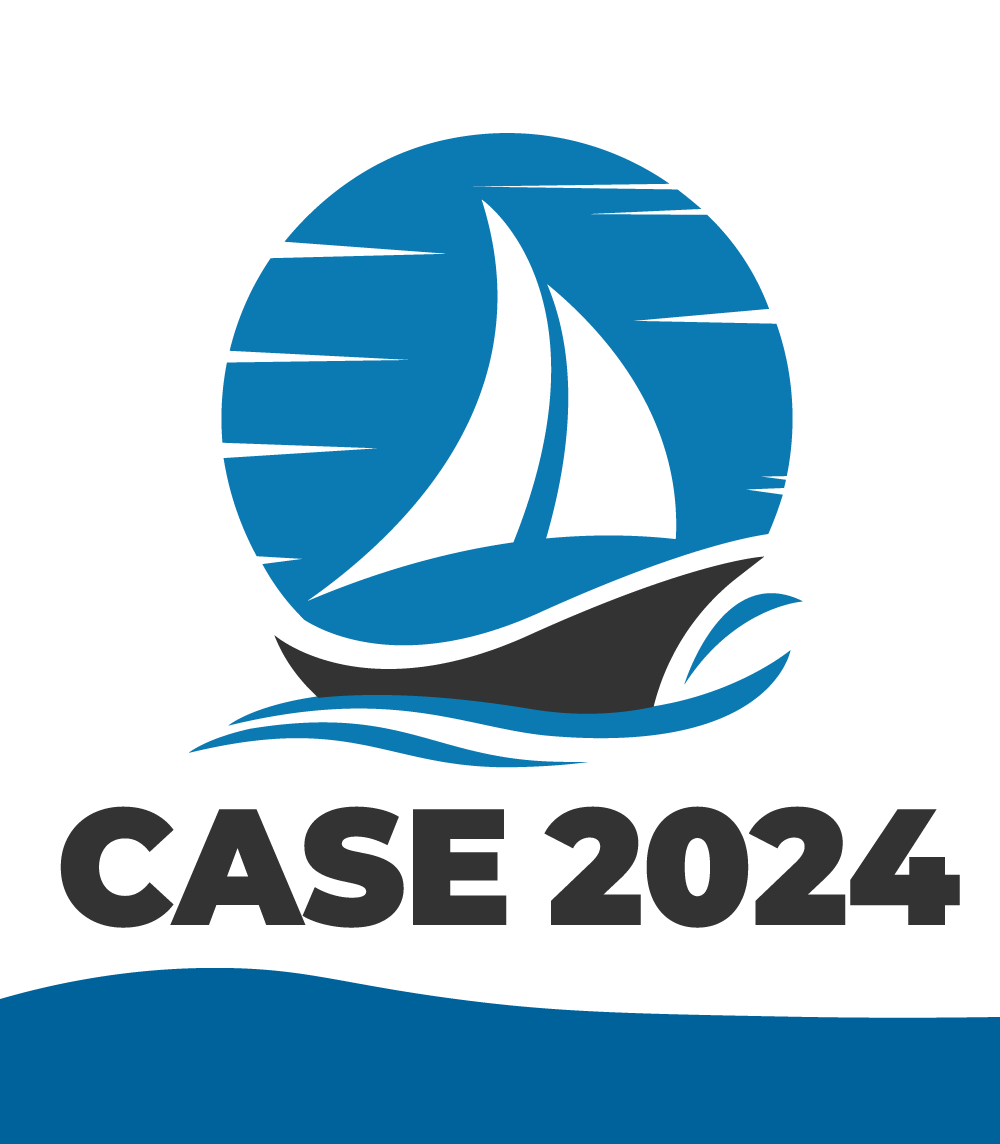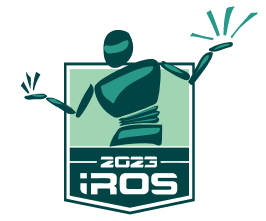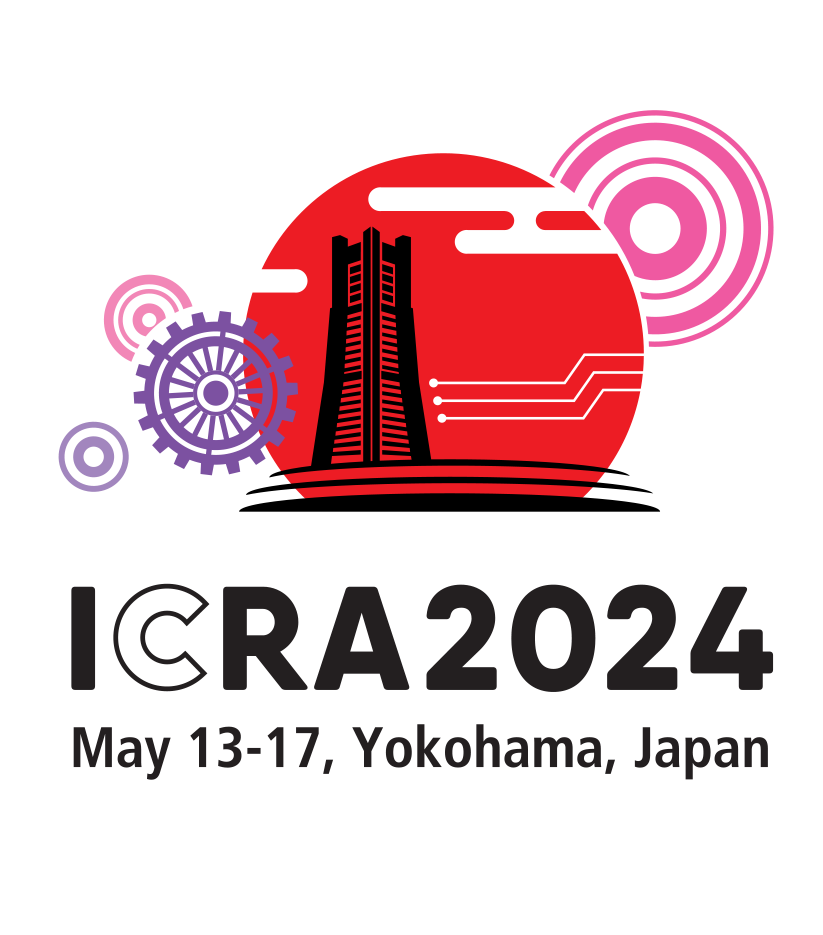IEEE Transactions on Automation Science and Engineering
Authors of an IEEE Transactions on Automation Science and Engineering (T-ASE) regular paper (not evolved papers, survey papers, or communication items) are given the opportunity to present their paper at one upcoming conference of the IEEE Robotics and Automation Society (RAS). In order to be presented at one of the following conferences, a paper must be submitted in PaperCept within the time windows below, which close at least a month before the Steering Committee meeting of the conference:
- ICRA@40: September 1, 2023 to May 31, 2024
- ICRA 2024: March 1, 2023 to November 30, 2023
- IROS 2024: August 1, 2023 to April 30, 2024
- CASE 2024: August 1, 2023 to April 30, 2024
For a paper to be considered eligible, it must have been accepted by T-ASE within 270 days prior to the conference submission deadline and may only be presented at one of the conferences listed above.
Please note that the eligible paper must be submitted to PaperCept and authors may not request any acceleration or delay of the review process based on these time windows. For a submission code, please contact the conference's organizer(s) linked in PaperCept.
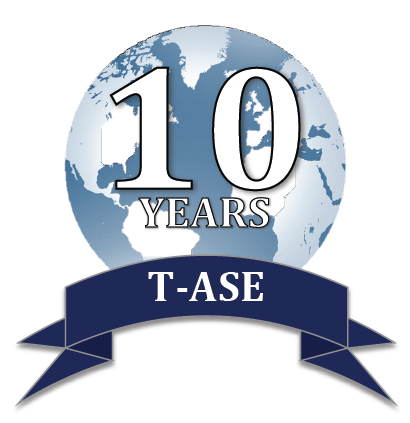 Automation plays an increasingly important role in the global economy and in our daily lives. Automation is changing manufacturing as well as healthcare, security, and energy. The IEEE Transactions on Automation Science and Engineering (T-ASE) publishes new abstractions, algorithms, theory, methodologies, models, systems, and case studies that can be applied across industries to significantly advance efficiency, quality, productivity, and reliability for society.
Automation plays an increasingly important role in the global economy and in our daily lives. Automation is changing manufacturing as well as healthcare, security, and energy. The IEEE Transactions on Automation Science and Engineering (T-ASE) publishes new abstractions, algorithms, theory, methodologies, models, systems, and case studies that can be applied across industries to significantly advance efficiency, quality, productivity, and reliability for society.
T-ASE is published quarterly since July 2004. T-ASE and its sibling publication, the IEEE Transactions on Robotics (T-RO) are published by the Institute of Electrical and Electronics Engineers and edited by the IEEE Robotics and Automation Society.
As of 2020, the T-ASE Impact Factor is 4.938. The T-ASE acceptance rate is around 16%. The average time from paper submission to first decision is under 3 months and the average time from submission to publication online is under 9 months. Submissions have grown steadily from under 400 in 2011 to over 1200 in 2019.
All inquiries about submissions and papers under review should be directed to Rebecca Hytowitz (Editorial Assistant) or tase.eic.sun@outlook.com.
Articles and Editorial Board
- Table of Contents of the latest T-ASE issue (IEEE Xplore)
- Early Access Articles
- Most Downloaded Articles
- Editorial Board
- 1-Page Powerpoint Slide on T-ASE
- Guidelines on Paper Reviewing for T-ASE
- Guidelines for T-ASE Editors and AEs for Handling Papers
For Potential and Current Authors
- What is Automation? (March 2014)
- NEW - IEEE Open Access -T-ASE is a Hybrid Journal, authors can request OA for $2195
- Methodologies and Applications Covered by T-ASE
- Info for Authors
- Author Checklist for New Papers and Resubmissions
- Author Checklist for Final Papers
- IEEE Xplore On-line Gateway to T-ASE Articles (and other IEEE Publications)
- Paper Reviewing Guidelines for T-ASE
- Procedures Manual
T-ASE Archives
- First T-ASE Editorial
- T-ASE Premiere Issue (July 2004): with links to the first page of each article
- Sample Automation Topics from IEEEICRA 2004 Conference
- T-ASE Call for Papers (original, 2004)
- T-ASE Press Release (July 2006, .doc format)
- T-ASE Flyer July 2004
- Topics on Automation (ICRA 2004)
- Quotes from Leading Researchers
- Detailed Background, Scope Statements, and Application Areas
- Getting Automation Some Respect (Trudy Bell, IEEE Institute)
- "Automating Our World" CBS Larry Magid Radio Interview with Ken Goldberg 2 Nov. 2006, mp3 audio
December 2011: T-ASE has completed the IEEE 5-year publication review and has been approved by the IEEE Publications, Financial, and Technical Committees. Congratulations to everyone involved!
Articles and Samples from T-ASE

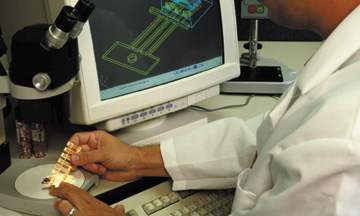
The new Transactions defines Automation very broadly, including applications such as DNA chip and biological sample handling, agriculture, security, demining, healthcare, transportation, as well as the myriad of applications related to manufacturing.
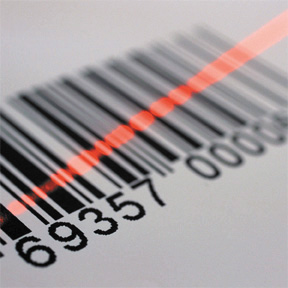 T-ASE is theoretical yet has a wide readership among practitioners in industry. T-ASE publishes foundational research on Automation: scientific methods and technologies that improve efficiency, productivity, quality, and reliability, a variety of results related to methods, machines, and systems operating in structured environments over extended periods and the explicit structuring of environments.
T-ASE is theoretical yet has a wide readership among practitioners in industry. T-ASE publishes foundational research on Automation: scientific methods and technologies that improve efficiency, productivity, quality, and reliability, a variety of results related to methods, machines, and systems operating in structured environments over extended periods and the explicit structuring of environments.
T-ASE dispels the conventional wisdom that Automation is limited to only manufacturing. For example, we welcome papers on DNA or pharmaceutical testing; automation methods and intelligent systems for hospitals and health delivery; mobile surveillance robots and systems that operate over extended periods for security; real-time inspection algorithms using computer vision; intelligent and flexible manufacturing, service, and supply chain coordination; CAD, assembly, new grippers, fixtures, and a variety of subjects about putting intelligent machines and systems into practice.




